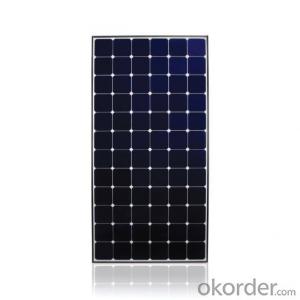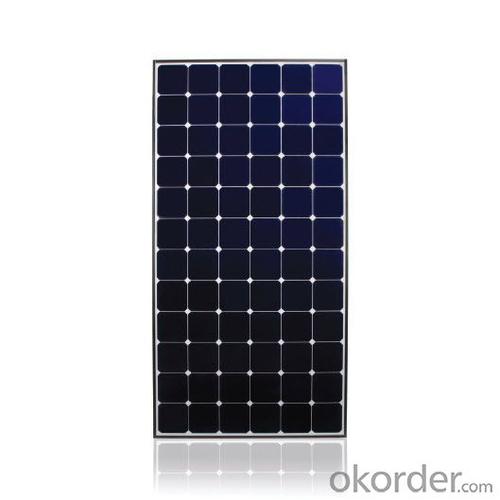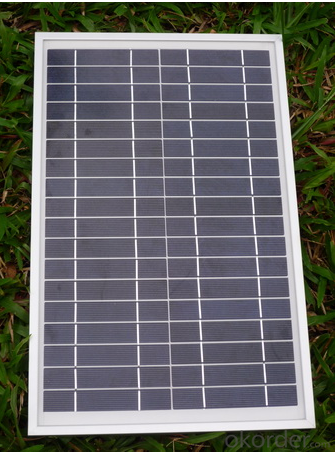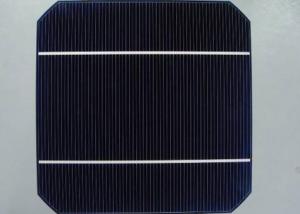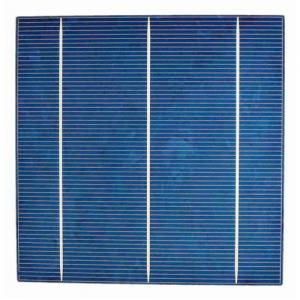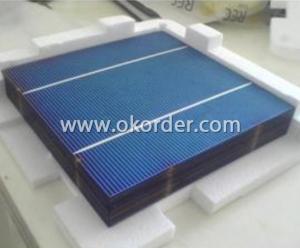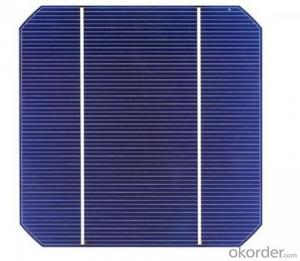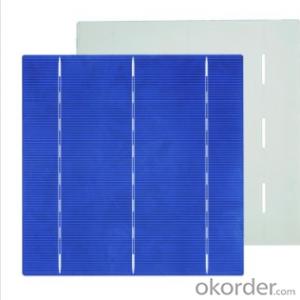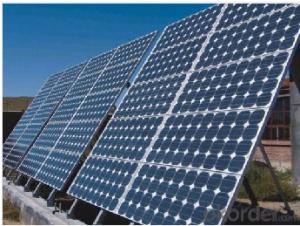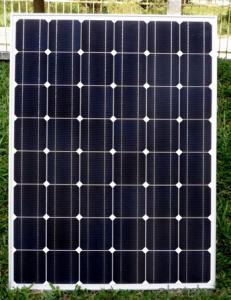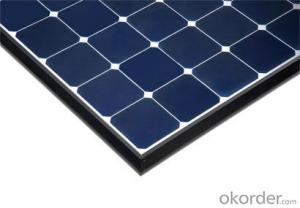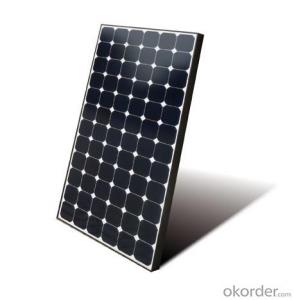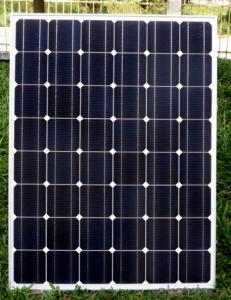Creating Solar Cells:Poly Solar Panel 15W A Grade with 12 Years Warranty
- Loading Port:
- Shanghai
- Payment Terms:
- TT OR LC
- Min Order Qty:
- 100 watt
- Supply Capability:
- 1000 watt/month
OKorder Service Pledge
OKorder Financial Service
You Might Also Like
Specification
Poly Solar Panel 15W A Grade with 12 Years Warranty
Production description
Photovoltaics were initially solely used as a source of electricity for small and medium-sized applications, from the calculator powered by a single solar cell to remote homes powered by an off-grid rooftop PV system. As the cost of solar electricity has fallen, the number of grid-connected solar PV systems has grown into the millions and utility-scale solar power stations with hundreds of megawatts are being built. Solar PV is rapidly becoming an inexpensive, low-carbon technology to harness renewable energy from the Sun.
The International Energy Agency projected in 2014 that under its "high renewables" scenario, by 2050, solar photovoltaics and concentrated solar power would contribute about 16 and 11 percent, respectively, of the worldwide electricity consumption, and solar would be the world's largest source of electricity. Most solar installations would be in China and India.[2]
Photovoltaics were initially solely used as a source of electricity for small and medium-sized applications, from the calculator powered by a single solar cell to remote homes powered by an off-grid rooftop PV system. As the cost of solar electricity has fallen, the number of grid-connected solar PV systems has grown into the millions and utility-scale solar power stations with hundreds of megawatts are being built. Solar PV is rapidly becoming an inexpensive, low-carbon technology to harness renewable energy from the Sun.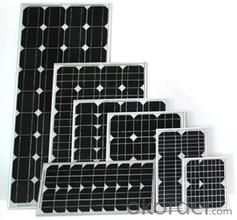
Application
Commercial
Industrial
Residential
Product Feature
12 years quality warranty 25 years performance output.
Free for less than 5 pcs sample requirement
Free to replace or repair or refund if products fail to conform to the PI requirement.
Packaging
28pcs into carton 2carton into pallets 28pallets into a 40ft container
Delivery
After 25 days for manufacturered goods as soon as we received full payment.
After 10 days for stock goods as soon as we received full payment.
- Q: How long does it take for solar cells to pay for themselves?
- The payback period for solar cells typically ranges from 5 to 10 years, depending on various factors such as the initial cost, energy consumption, and local solar incentives.
- Q: What is the role of grounding systems in solar cell systems?
- Grounding systems play a crucial role in solar cell systems as they provide a pathway for electrical current to flow safely into the earth. They help in dissipating excess electrical charges and reducing the risk of electrical shocks or fires. Additionally, grounding systems help to maintain stable voltages, minimize electromagnetic interference, and protect sensitive electronic components of the solar cell system.
- Q: Can solar cells be used for powering security systems?
- Yes, solar cells can definitely be used for powering security systems. Solar panels can convert sunlight into electricity, providing a renewable energy source to power security cameras, alarms, and other security devices. This eliminates the need for a constant electrical supply or batteries, making it a cost-effective and environmentally friendly solution for powering security systems.
- Q: How do solar cells perform in high pollution areas?
- Solar cells may be less efficient in high pollution areas due to the reduced amount of sunlight reaching the cells. The presence of pollutants in the air can block or scatter sunlight, decreasing the amount of light that solar cells can convert into electricity. Additionally, pollutants can accumulate on the surface of the cells, further reducing their performance. However, advancements in solar cell technology and regular cleaning can help mitigate the negative effects of pollution, allowing solar cells to still generate electricity, albeit at a slightly lower efficiency.
- Q: Can solar cells be used in agriculture?
- Yes, solar cells can be used in agriculture. They can be used to power irrigation systems, lighting for greenhouses, and other agricultural equipment, helping to reduce reliance on traditional energy sources and promoting sustainable farming practices. Additionally, solar panels can be installed on agricultural buildings to generate electricity, providing a renewable energy source for farming operations.
- Q: What is the impact of solar cells on reducing water usage?
- Solar cells have a positive impact on reducing water usage because they generate electricity without needing water for cooling or steam production, unlike traditional power plants. This reduces the strain on water resources and helps conserve water for other important uses.
- Q: Where can I buy solar cells?
- Actually you can rent one, no need to buy one.
- Q: What is the internal structure of solar panels
- Very low, but the photoelectric conversion efficiency relative to the crystalline silicon cell more than half of the point, but the low light effect is very good, in the ordinary light can also generate electricity, such as the calculator on the solar cell.
- Q: How do solar cells perform in regions with high levels of snowfall and blizzards?
- Solar cells typically do not perform optimally in regions with high levels of snowfall and blizzards. The accumulation of snow on the surface of solar panels can significantly reduce their efficiency by blocking sunlight and preventing the cells from generating electricity. However, technological advancements such as anti-reflective coatings and tilted panel designs have been developed to mitigate the impact of snow accumulation. Additionally, regular maintenance and snow removal can help improve the performance of solar cells in such regions.
- Q: What is the impact of snow accumulation on solar cell performance?
- Snow accumulation can significantly reduce the performance of solar cells. The presence of snow on the surface of solar panels prevents sunlight from reaching the cells, thereby reducing their ability to generate electricity. Additionally, the weight of the snow can cause structural damage to the panels and potentially lead to their failure. Therefore, snow accumulation must be cleared promptly to ensure optimal solar cell performance.
Send your message to us
Creating Solar Cells:Poly Solar Panel 15W A Grade with 12 Years Warranty
- Loading Port:
- Shanghai
- Payment Terms:
- TT OR LC
- Min Order Qty:
- 100 watt
- Supply Capability:
- 1000 watt/month
OKorder Service Pledge
OKorder Financial Service
Similar products
Hot products
Hot Searches
Related keywords
